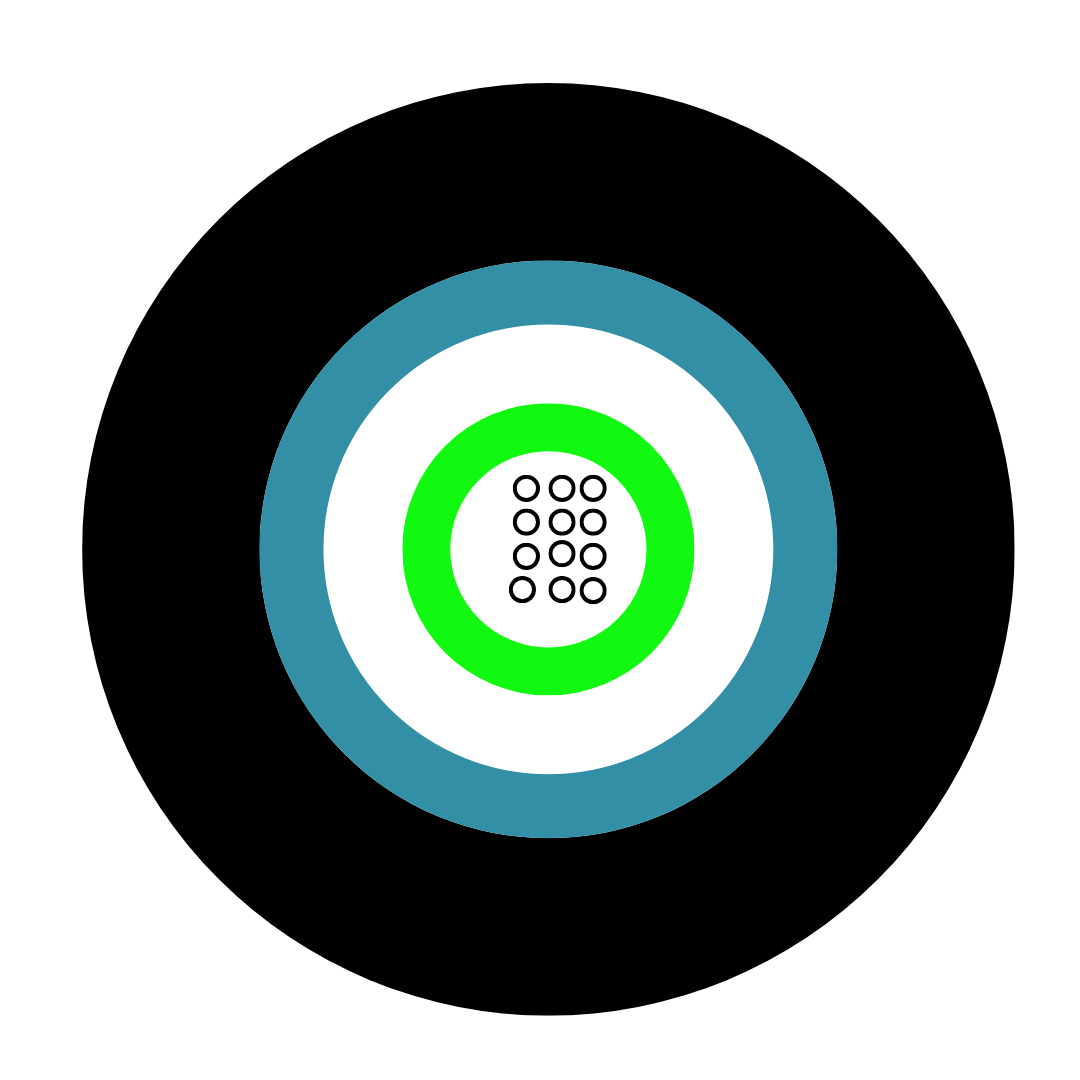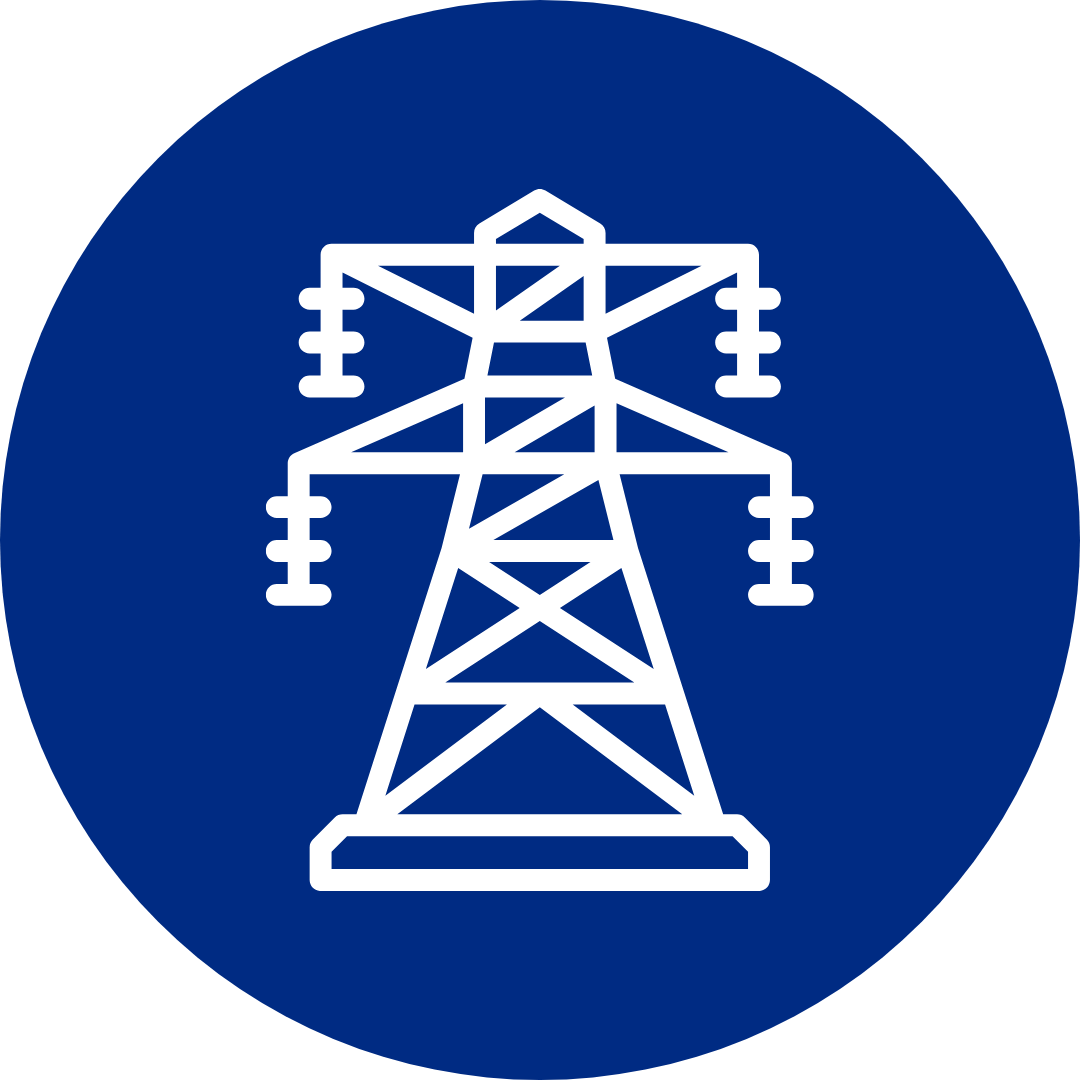Low Smoke Halogen-Free (LSHF) cables are becoming a popular choice for new buildings and public spaces. They are most often used where reducing smoke and toxic gas in a fire is important for safety. This makes them ideal for places like schools, airports, hospitals, and offices.
People choose LSHF cables to help protect lives and prevent damage during an emergency. These cables release less smoke and do not give off dangerous halogen gases when they burn. The result is increased visibility and cleaner air, helping with safe evacuation and lowering health risks.
Key Takeaways
- LSHF cables reduce smoke and harmful gases in a fire.
- They are commonly used in public and high-traffic buildings.
- Choosing LSHF cables increases safety and reliability.
What Is An LSHF Cable?
A Low Smoke Halogen-Free (LSHF) cable is a type of cable designed to give off limited smoke and no halogen when exposed to fire. This property helps reduce the amount of toxic and corrosive gas produced if the cable burns.
LSHF cables do not use polyvinyl chloride (PVC) for their insulation or jacket. Instead, they are made from special materials known as halogen-free flame retardant (HFFR) compounds. These compounds do not contain elements like chlorine, fluorine, bromine, or iodine.
Key physical properties of LSHF cables:
- Low smoke emission when exposed to fire
- No release of halogen gases
- Reduced toxic fumes and corrosive gases compared to standard cables
- Suitable for use in places with strict fire safety standards
A quick comparison table:
| Property | LSHF Cable | Traditional PVC Cable |
|---|
| Smoke production | Low | High |
| Halogen content | None (halogen-free) | Contains halogen |
| Toxic gas release | Minimal | Significant |
| Material | HFFR compounds | PVC |
LSHF cables are also called halogen-free cables or LSZH (Low Smoke Zero Halogen) cables. They are commonly used in public buildings, airports, hospitals, and other sites where people need extra protection from smoke and toxic gases in case of fire.
LSHF Vs LSZH: What’s The Difference?
LSHF stands for Low Smoke Halogen-Free. LSZH means Low Smoke Zero Halogen. Often, these terms are used interchangeably. However, there can be subtle differences between them.
LSHF cables are designed to limit the amount of smoke and to avoid using halogen materials, like chlorine, fluorine, or bromine, in their construction. This prepares them for spaces where fire safety is important.
LSZH cables take this further. They must not release any halogen gases when burned and must produce even less smoke. This helps reduce the risk of toxic gases and heavy smoke in the event of a fire.
| Feature | LSHF/LSOH/LSNH/LS0H | LSZH (Low Smoke Zero Halogen) |
|---|
| Halogens | None or minimal | Zero halogen |
| Smoke | Low | Very low |
| Toxicity | Reduced | Very low |
| Standards | May vary by manufacturer | Stricter, often certified |
Some product names, like LSF cables (Low Smoke & Fume), may also appear. LSF cables release less smoke and fumes than ordinary cables but may still contain a small amount of halogens.
Key points to note:
- Halogen-free means less risk of toxic or corrosive gases.
- LSZH cables meet the highest standards for safety in public areas.
- LSZH, LSOH, LS0H, and LSNH are often used to describe cables with similar safety features.
- Always check manufacturer details to confirm exactly what standard each cable meets.
Common Uses For LSHF Cables
Low Smoke Halogen-Free (LSHF) cables are often chosen for places where safety is a high priority. These cables are designed to limit the release of toxic smoke and harmful gases during fires.
Public buildings such as airports, railway stations, schools, and hospitals commonly use LSHF cables. These locations see large numbers of people and need to reduce health risks in emergencies.
In theatres, cinemas, and other entertainment venues, LSHF cables help protect visitors by lowering smoke levels and limiting toxic fumes if fire breaks out.
LSHF cables are also widely used in the control cables for lifts, escalators, and HVAC systems. Their low smoke feature makes them suitable for enclosed spaces where smoke could build up quickly.
Other typical applications:
- Data centres and server rooms
- Underground transport systems
- Shopping centres
- Residential buildings with shared corridors
Key reasons for their use:
- Help protect people by reducing harmful emissions
- Make escape routes safer during emergencies
- Reduce damage to electronic equipment
Some buildings now require LSHF cables to meet legal or insurance standards. This is especially true in modern public and commercial spaces.
Their ability to reduce risk makes LSHF cables a strong choice for safety-focused projects.
Why LSHF Cables Are A Safer Option
Low Smoke Halogen-Free (LSHF) cables provide improved safety in many environments, especially where people live or work.
One main risk with traditional cables is the release of toxic fumes during fires. Standard cables made from PVC can produce hydrochloric acid and other dangerous gases, including hydrogen chloride (HCl) gas.
LSHF cables do not contain halogens. When burned, they emit very little smoke and hardly any toxic gases. This low smoke emission can help improve visibility and make evacuation and firefighting efforts safer.
The smoke produced by LSHF cables is thinner, clearer, and often grey rather than black. This helps people see exit paths more easily in an emergency.
Here is a quick comparison:
| Feature | Standard Cables | LSHF Cables |
|---|
| Halogen content | Contains halogens | Halogen-free |
| Smoke emission | Dense, dark smoke | Low, light smoke |
| Toxic fumes (e.g. HCl) | High | Very low or none |
LSHF cables meet strict safety standards such as DIN EN 60754-1, DIN EN 60754-2, and DIN EN 61034-2. These standards test for smoke generation, toxic fume release, and flammability.
Using LSHF cables can reduce the risk of harmful effects on both people and equipment. Lower smoke and less corrosive gases mean less damage to electronics and a safer environment during fires.
When To Choose LSHF Cables For Your Projects
LSHF cables are a smart choice when safety is a main concern, especially in places where people gather. They release very little smoke and no harmful halogen gases if there is a fire.
These cables are often required in public buildings such as hospitals, airports, schools, and train stations. Installing them helps keep escape routes and evacuation routes safer by reducing the amount of toxic smoke and fumes during emergencies.
LSHF cables are commonly used in:
- Tunnels and underground stations
- High-rise offices and flats
- Shopping centres and cinemas
- Server rooms and computer centres
Building codes or project requirements may demand LSHF cables in certain areas. They are especially important in areas where fast evacuation could save lives.
Table: When to Choose LSHF Cables
| Scenario | Why Use LSHF? |
|---|
| Escape/Evacuation routes | Less smoke and toxic gas |
| Public spaces | Higher safety standards |
| Data centres | Protect equipment and people |
| Confined areas | Easier and safer evacuation |
In short, these cables are ideal anywhere fire safety and clear evacuation are priorities. They may not be needed for every project, but they offer clear benefits where people’s safety is at stake.
Understanding The Benefits Of LSHF Cables
Low Smoke Halogen-Free (LSHF) cables provide key benefits for safety and the environment. They are designed to emit minimal smoke and no halogen gases when exposed to fire or high heat.
One of the main advantages is improved air quality during a fire. Standard cables with halogens release toxic and corrosive gases, while LSHF cables produce less smoke and no harmful halogen fumes. This helps protect people and makes evacuation safer.
Environmental impact is another important benefit. LSHF cables do not release halogen by-products, which can be harmful to the environment during both normal use and combustion.
In addition, these cables are often lighter and easier to handle compared to some traditional cables. This can make installation simpler, especially in complex building projects.
LSHF cables also give reliable insulation and mechanical strength. While some say the electrical performance can be lower than PVC in certain cases, modern LSHF cables are suitable for most building and industrial uses.
| Feature | LSHF Cables | PVC/LSF Cables |
|---|
| Halogen Content | None | Present |
| Smoke Emission in Fire | Low | Higher |
| Toxic/Corrosive Gas Emission | Very Low | High |
| Environmental Impact | Lower | Higher |
| Installation Ease | Often lighter and flexible | Variable |
LSHF cables are available as flame-retardant cables, further limiting fire spread. Using these cables increases safety for people and property, especially in public spaces where fire risk must be kept low.
How LSHF Cables Improve Safety And Performance
Low Smoke Halogen-Free (LSHF) cables are designed to improve safety in places where fire could put lives at risk. When these cables burn, they release less smoke and almost no toxic gases compared to standard cables.
Less smoke means better visibility during a fire. This helps people evacuate quickly and allows firefighters to work more safely. Thick, dark smoke from regular cables can make it hard to see and breathe.
LSHF cables produce less than 0.5% hydrogen chloride gas when burning. This is important because halogen gases can damage electronics and harm people’s lungs if inhaled.
These cables help stop fire from spreading along the cable route. The materials used do not catch or spread fire easily.
Performance benefits include:
- Lower chance of damage to sensitive equipment from corrosive fumes
- Suitable for confined spaces like tunnels, hospitals, schools, and offices
- Meets strict safety regulations found in many buildings
| Feature | LSHF Cables | Standard PVC Cables |
|---|
| Smoke emission | Low, clearer smoke | Dense, black smoke |
| Toxic gas emission | Very low | High |
| Visibility during fire | Improved | Poor |
| Corrosive gas release | Minimal | Significant |
The combination of reduced smoke, low toxicity, and fire resistance makes LSHF cables a key choice for modern safety standards. They support both the protection of people and the reliability of electronic systems.
Frequently Asked Questions
What is an LSHF cable?
An LSHF (Low Smoke Halogen-Free) cable is a type of cable made without halogens, like chlorine or fluorine. These cables release minimal smoke and no toxic halogen gases when burned. This makes them safer during a fire compared to standard PVC cables.
What is the difference between LSHF and LSZH?
LSHF (Low Smoke Halogen-Free) and LSZH (Low Smoke Zero Halogen) mean the same thing. Both terms describe cables that reduce smoke and do not produce halogen gases in a fire. The terms are used interchangeably in the UK and Europe.
Does halogen free mean low smoke?
No, halogen-free and low smoke are not always the same. A cable can be halogen-free but still produce a lot of smoke. For a cable to qualify as LSHF or LSZH, it must meet requirements for both low smoke and lack of halogens.
When to use Low Smoke Zero Halogen cables?
LSZH cables are best used in places with limited ventilation or where many people may need to escape during a fire. Examples include offices, hospitals, schools, railways, and tunnels. Using LSZH cables in these places helps reduce harm from smoke and toxic gases during emergencies.
What is the difference between low smoke halogen free and Low Smoke Zero Halogen?
There is no technical difference between Low Smoke Halogen Free (LSHF) and Low Smoke Zero Halogen (LSZH) cables. Both terms refer to cables that produce low smoke and do not release halogen gases when exposed to fire. The difference is mainly in naming preferences.
What is LSOH cable used for?
LSOH (Low Smoke Zero Halogen) cables are used in areas where fire safety is a priority. They are common in data centres, airports, hospitals, and public transport networks. Their main purpose is to protect people and equipment from harmful smoke and toxic fumes.
Do I need a LSOH cable?
You may need LSOH cables if you are installing cable in spaces with high safety standards, such as public buildings or places with a lot of people. Local regulations or building codes will often specify if LSOH cables are required. Checking with a qualified electrician or following legal guidelines can help with your decision.
Alarm Cable
Arctic Grade Cable
Armoured Cable
Audio & Speaker Cable
Auto Cable
Bare Copper
Belden Equivalent Cable
Co-axial Cable
Data Cable
DC Telecom Cable
Defence Standard Cable
Emergency Lighting & Fire Detection Cable
EV Cable
Festoon
![Loose Tube Fibre Cross Section]()
Fixed Wiring PVC & LSOH Cable
Flatform
Flexible Control Cable
Flexible PVC Cable
Flexible Rubber Cable
General Wiring Cable PVC & LSOH
High Temperature Cable
High Voltage Cable
![5308 p1 t2 cat Cross Section]()
LSOH Flexible Cable
Medium Voltage Cable
NYY & N2XH Cable
Protected Wiring Cable
Silicone Cable
Solar Cable
Split Concentric Cable
Spiral Cable
Temporary Power Cable
Tri-Rated Cable
Welding Cable
Alarm Cable
Arctic Grade Cable
Armoured Cable
Audio & Speaker Cable
Auto Cable
Bare Copper
Belden Equivalent Cable
Co-axial Cable
Data Cable
DC Telecom Cable
Defence Standard Cable
Emergency Lighting & Fire Detection Cable
EV Cable
Festoon
![Loose Tube Fibre Cross Section]()
Fixed Wiring PVC & LSOH Cable
Flatform
Flexible Control Cable
Flexible PVC Cable
Flexible Rubber Cable
General Wiring Cable PVC & LSOH
High Temperature Cable
High Voltage Cable
![5308 p1 t2 cat Cross Section]()
LSOH Flexible Cable
Medium Voltage Cable
NYY & N2XH Cable
PAS - BS5308 Instrumentation Cable
Protected Wiring Cable
RS-232 Cable
RS-485 Cable
Silicone Cable
Solar Cable
Split Concentric Cable
Spiral Cable
Telephone Cable
Traffic Signal Cables
Temporary Power Cable
Tri-Rated Cable
Welding Cable
Airports
Automation & Process Control
![Automotive]()
Building & Construction
Communication & Telecommunication
Data Centres
Defence
![DNO 1]()
E-Mobility
Food & Beverage
Marine & Offshore
Mining, Drilling & Tunnelling
OEMs
Oil, Gas & Petrochemical
Rail & Metro
Renewable Energy
Switchgear
Power
Water Treatment













































